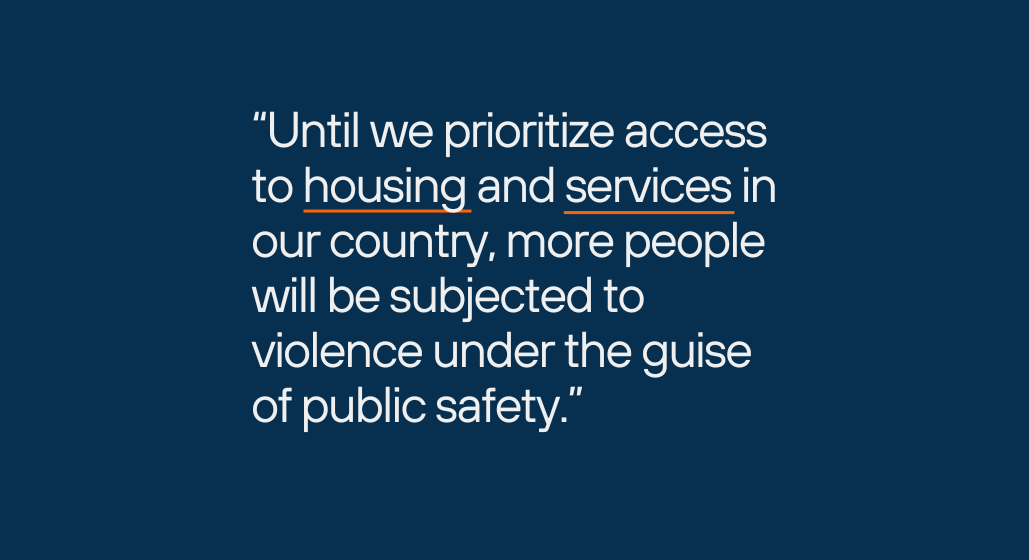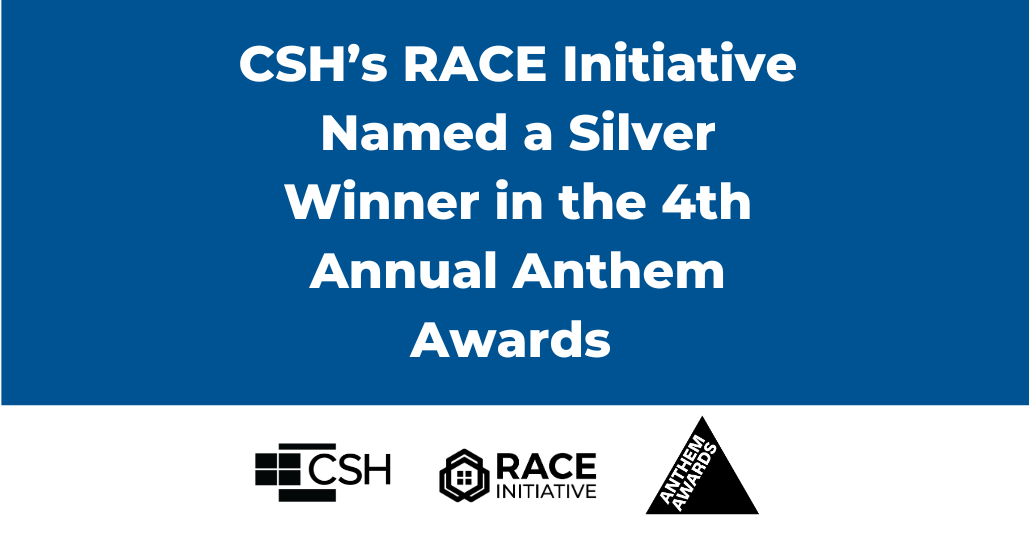Martin F. Horn is a Distinguished Lecturer at John Jay College, City University of New York and is a former Commissioner of Correction, City of New York.
I can recall as if it were yesterday when the more than 40 public and private agencies who partnered in 2003 to improve the way prisoners were released from the New York City jails got stuck on the problem of housing. Until that day, at least to me and too many of my correction colleagues, the link between affordable housing and post release prisoner success was not something we thought about. Historically we believed if we provided formerly released persons with access to treatment for addiction to alcohol and other drugs, and a job we were doing what we needed to be done. In 2002 we met for the first time with people and organizations, including CSH, to explore the overlaps between homelessness and post release failure. A colleague who operated a successful transitional housing program raised the dire consequences of the difficulty successful participants were experiencing entering the housing market.
 As we further explored the issue, our data was showing us the dramatic overlap between demand for mental health services, addiction treatment, admission to shelter and jail re-admissions. Informed by the 2006 publication of Malcolm Gladwell’s “Million-Dollar Murray” in the New Yorker we began to focus on the frequent users of jail and homeless services in the City of New York. The idea of FUSE was born then and there.
As we further explored the issue, our data was showing us the dramatic overlap between demand for mental health services, addiction treatment, admission to shelter and jail re-admissions. Informed by the 2006 publication of Malcolm Gladwell’s “Million-Dollar Murray” in the New Yorker we began to focus on the frequent users of jail and homeless services in the City of New York. The idea of FUSE was born then and there.
With meaningful, smart and committed support from CSH we struck on the idea of putting housing first, using Section 8 vouchers made available to us by the New York City Housing Authority and with a small grant from the JEHT foundation we were on our way. We began to identify, at the front door of the jail, those prisoners most likely to be readmitted in the future and we were determined to bend the line and reduce the use of imprisonment and shelter housing, and at the same time obtain better public safety outcomes. It was a hard bureaucratic slog; there were hurdles and challenges to overcome. For me, this experience was the best example of intergovernmental and private sector partnership I saw in 40 years of government service.
Today, reading the evaluation of the New York City FUSE by Angela Aidala and her colleagues at Columbia University’s Mailman School of Public Health I feel enormous gratification and satisfaction that a few committed and determined people laboring in the underbelly of New York City struck on this simple idea that works! To see the FUSE concept taken up and replicated from coast to coast reinforces my belief in the value of public service, the importance of collaboration, and the necessity for public-private partnership. I am deeply appreciative of the work of CSH in continuing to support and promote the FUSE concept and remain hopeful that we can continue to promote successful reentry to the community by formerly incarcerated people by learning from and building upon this effort.




